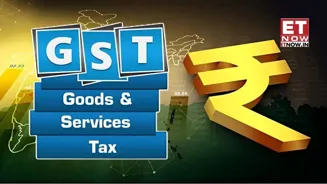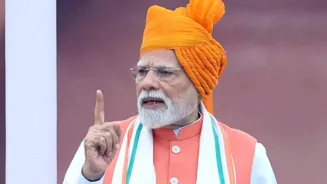The Centre has put forward a landmark proposal to overhaul the Goods and Services Tax (GST) structure, aiming to simplify the current multi-slab system into a more streamlined model. The new plan, which
has been sent to the GST Council and the Rate Rationalisation Group of Ministers (GoM), suggests a shift to a two-rate structure of 5% and 18%, a significant departure from the existing four slabs of 5%, 12%, 18%, and 28%. This ambitious reform, if approved, is expected to be implemented before Diwali, as Prime Minister Narendra Modi announced his Independence Day speech on Friday.
A core tenet of the proposal is to provide substantial relief to the common person and key sectors of the economy. Under the new framework, the majority of commodities of common use, including many currently taxed at 12%, would be brought into the lower 5% GST bracket. Specifically, the proposal suggests that approximately 99% of the items currently in the 12% slab would move to 5%, thereby reducing the financial burden on households. Items such as some farmers’ equipment, handicrafts, and certain medicines, which are vital for rural livelihoods and healthcare, are also slated for a fall in GST rates. Insurance services are another key area where rates are expected to drop.
On the other hand, the proposal also outlines a plan for items in the higher tax brackets. It suggests that around 90% of the goods and services currently taxed at 28% would be accommodated within the new 18% slab, providing relief to aspirational middle-class consumers. The plan also proposes a new, higher tax bracket of 40% for a select few “sin items” such as tobacco and pan masala, with just five to seven items falling into this category. This move aims to increase revenue from goods considered harmful while simplifying the tax structure for essential and common goods.
The proposal has been sent to the states for deliberation, and a GST Council meeting is anticipated in September or October to discuss the new structure.
















